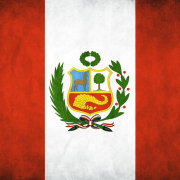This month, Anvisa (National Health Surveillance Agency) presented its Open Data Plan (PDA) for the years 2019 and 2021, in order to allow the society to access, understand and use information, according to the government agency.
Anvisa’s PDA contains guidelines to promote the openness of data, including geo spatialization, which must comply with the minimum quality standards established in the current standard. The document gathers actions to comply with the Brazilian Open Data National Policy, which are part of the country’s strategy for Digital Transformation (E-Digital). This process of modernization and transparency of information involves all aspects of Brazil’s public policy, including the economy, the government and the society.
The preparation of the PDA involved the participation of the monitoring authority of the Law of Access to Information in Anvisa and sectors related to the areas of Knowledge, Innovation and Research and Information Technology. It also involved the technical areas of the Agency that had the selected databases for the opening of data.
According to Anvisa, the data to be made available were selected according to some criteria, such as the degree of relevance to the citizen, determined from the demands via eSIC, Call Center and Ombudsman, as well as the most sought after sectors and services in the websites. The agency’s electronic products and expression of interest in research conducted on the portal; legal norms and commitments assumed by Anvisa and the Ministry of Health; alignment according to the Institutional Strategic Planning and sectoral planning; the set of information and systems under the management of Anvisa, especially the structuring systems that are of obligatory use across federal government agencies; and the level of maturity of the organization on the existing information and data.
Source: Agropages
Image source: “Brasil” by ruifo is marked with CC BY-NC-SA 2.0.





